Can You Drill into Metal Studs?
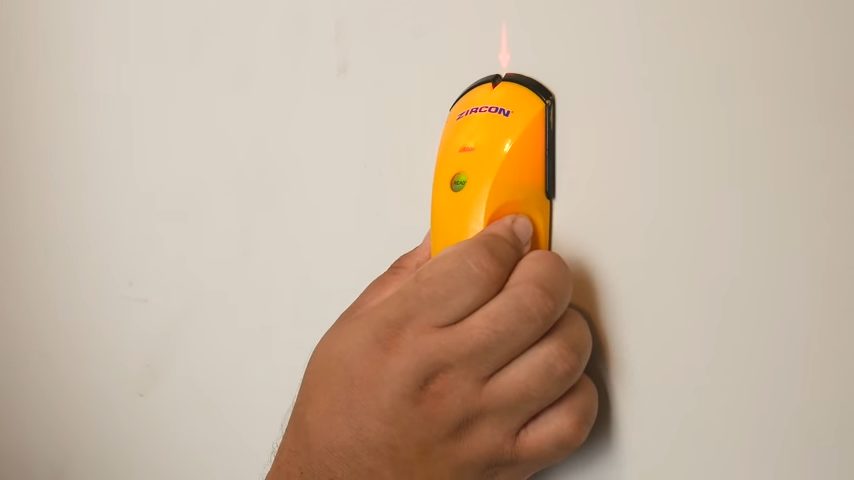
Metal studs are used in both residential and commercial construction. Metal studs are less expensive and lighter than wood. I’ll teach you how to drill a metal stud in this guide.
As an electrician, I have had to drill and install numerous metal studs for my clients. If you are mounting something heavy on the wall, knowing how to drill or attach it into wall studs will help you enormously to execute the work smoothly.
You can drill into metal studs, but it is not as easy as it may sound, you need the right drill bit and proper knowledge of how to do it. To drill a metal stud:
- Use a metal-stud finder to track down metal studs and then determine the center of the stud
- Mark the center of the metal stud with a pencil
- Make a hole in the marked area with a drill
- Drill slowly at first, then gradually increase the speed once the drill bit has penetrated the drywall
I’ll share more info in the article below.
Why It is Necessary to Drill a Metal Stud
Screws and nails are unlikely to pierce metal studs unless pilot holes are first drilled. If you want to hang anything heavy on the wall, you must use metal studs to secure it. Drilling holes in the wall, for example, will make it easier to hang a picture, a mirror, or a television.
Drilling into Metal Studs
Metal studs are increasingly common in businesses and homes because they are a more durable option than traditional wooden studs. While it is conceivable to drill directly into a metal stud, it is critical to use the proper drill bit to avoid causing damage to the stud.
Begin by selecting a drill bit that is slightly smaller in diameter than the screw you intend to use. It’s also critical to use a drill bit designed for metal to ensure a clean hole.
Recommended Drill Bit
If you need to drill through metal quickly, the Bosch PS31-2A Drill Press is ideal.
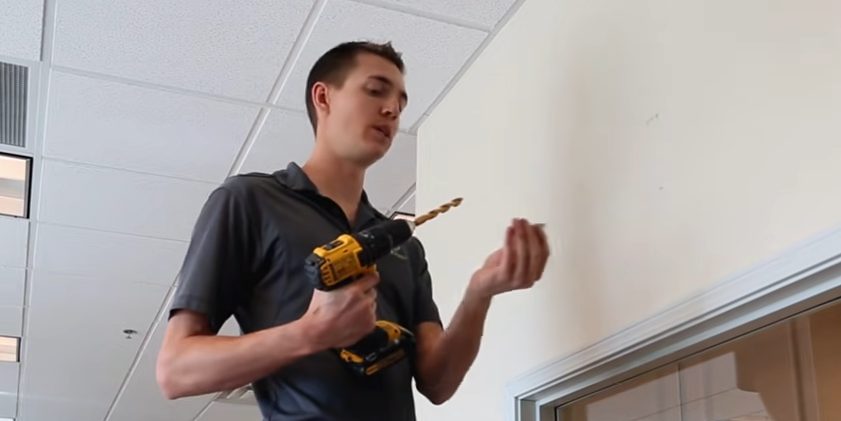
This model has several features that make it ideal for the job, including:
- A strong motor capable of handling even the thickest metal studs
- A built-in work light that illuminates the drilling area
- A customizable table that allows you to easily position your workpiece.
- Depth stops to keep you from drilling too far.
- As you drill, a dust collector collects the metal shavings.
How to Drill into Metal Studs
Drilling into metal studs can be a hard process. It’s not as simple as it sounds, and the task is made even more difficult by the fact that there are multiple different types of screws to choose from.
Follow our step-by-step instructions below to ensure that you get the job done correctly the first time.
Step 1: Find the Metal Stud
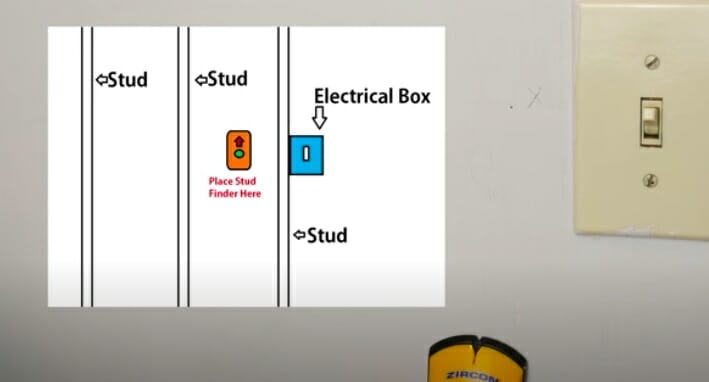
Use a metal-stud finder to track down metal studs and then determine the center of the stud. The stud finder pinpoints the exact location. When you drill a hole near the edge, you risk damaging both the stud and the screw or nail’s load-bearing capacity.
Step 2: Mark the Center of The Metal Stud with a Pencil
Now that you’ve located the stud, use a pencil to mark its center. This is where you will begin drilling. Make use of a drill bit with a slightly smaller diameter than the screw. This makes inserting the screw into the stud easier.
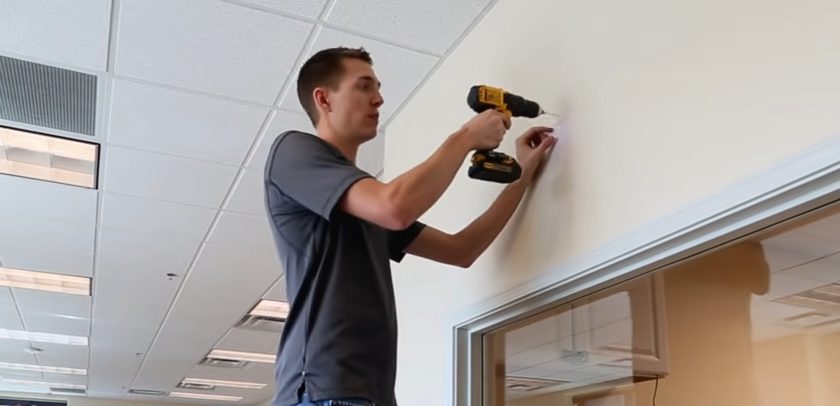
Step 3: Drill a Hole in The Designated Location
Make a hole in the marked area with a drill. Drill slowly at first, then gradually increase the speed once the drill bit has penetrated the drywall.
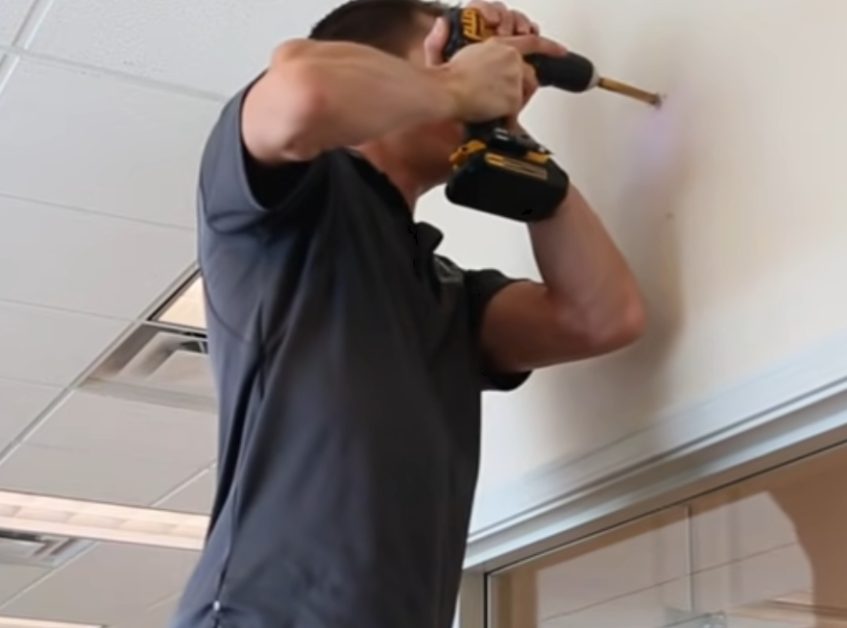
You should not drill too deeply because you don’t want to hit the metal stud.
Now that the drill bit has been removed insert the screw.
Step 4: Insert the Screw Anchor Into the Hole and Tighten It
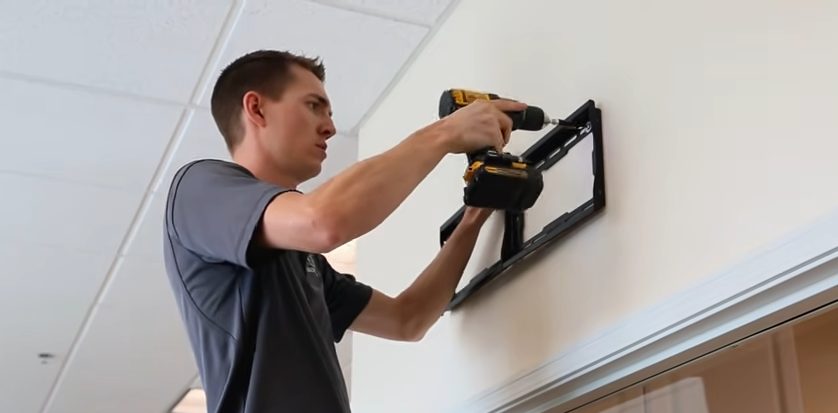
It’s time to put the screw into the hole. Begin by holding the screw with one hand. Then, twist the screw anchor into the hole with the non-dominant hand.
Ensure the screw is firm against the wall as you do this.
Video References
StatUpBox
Handyman Startup
